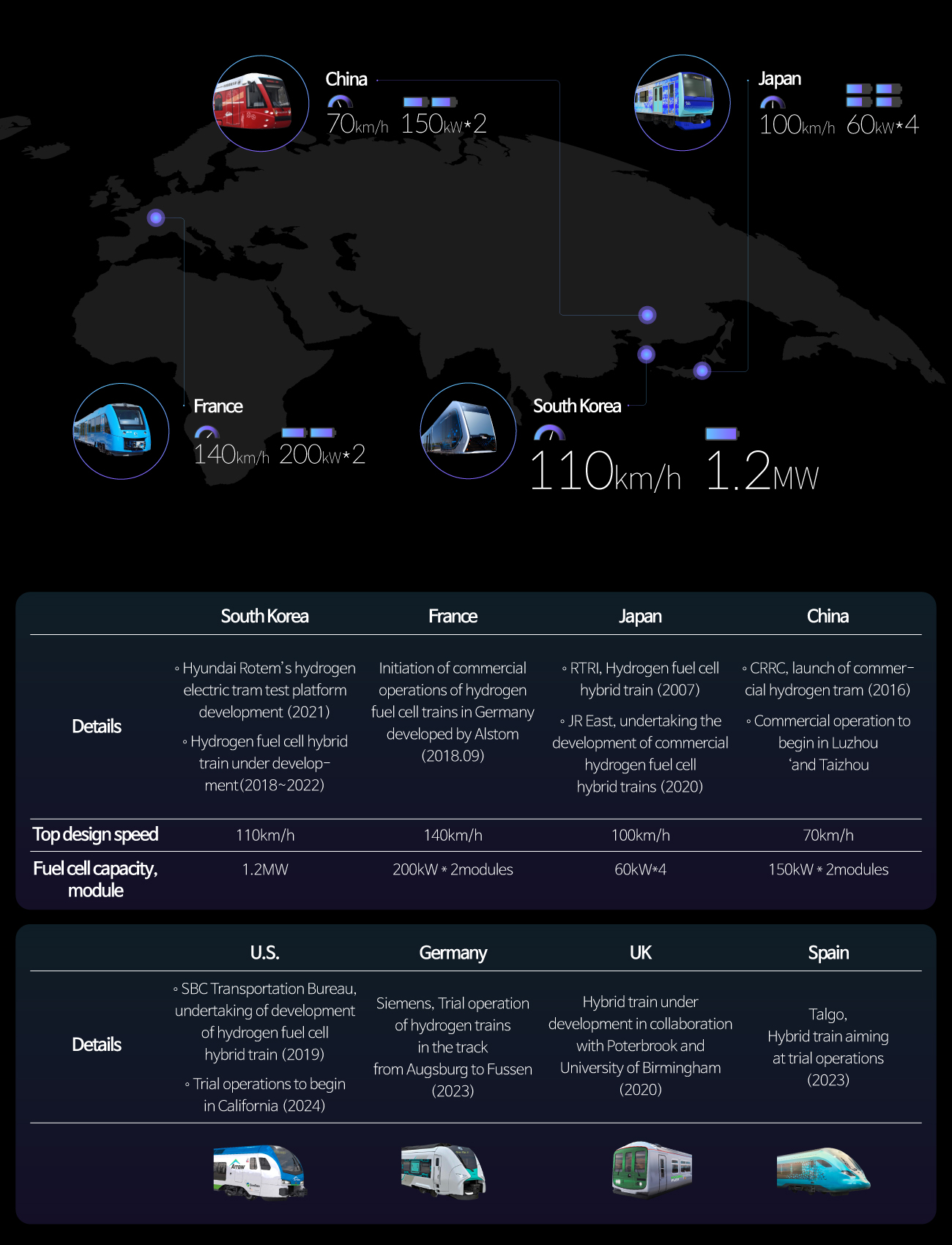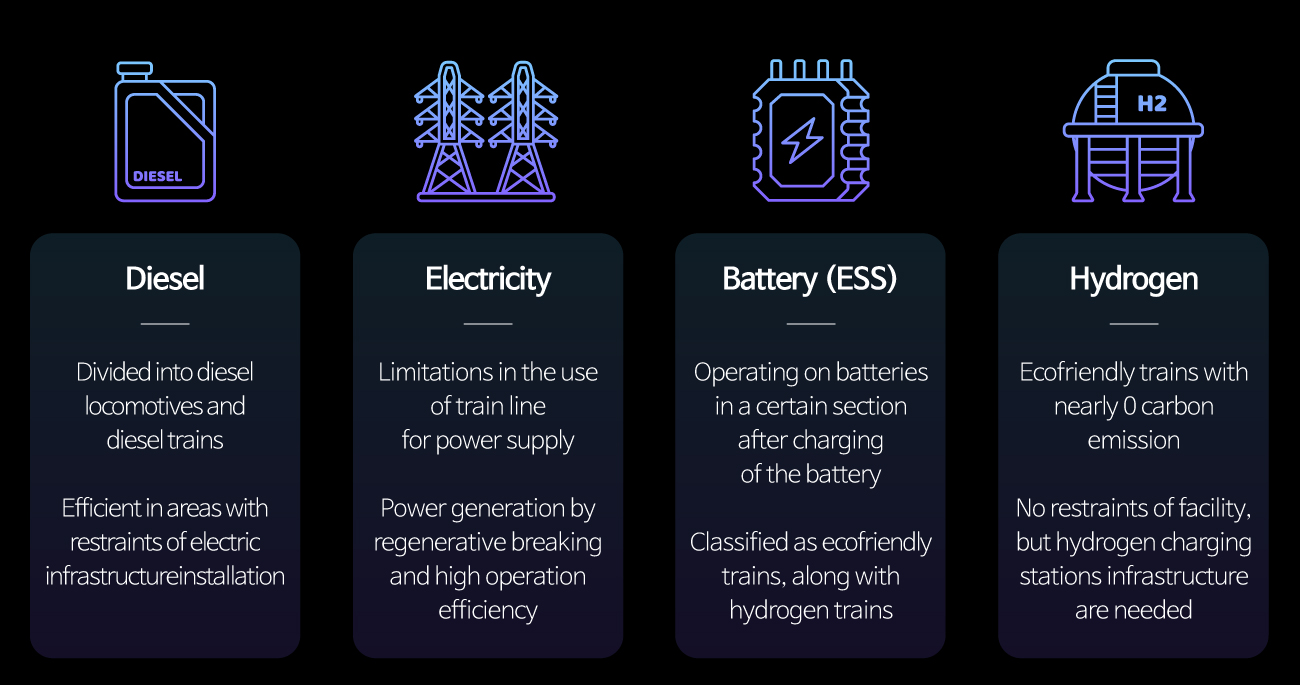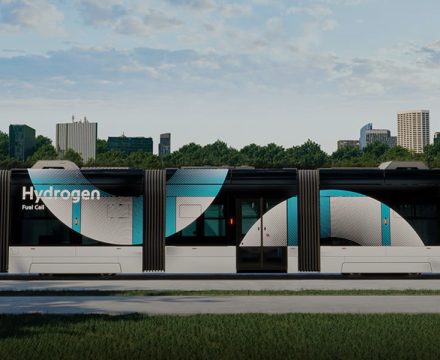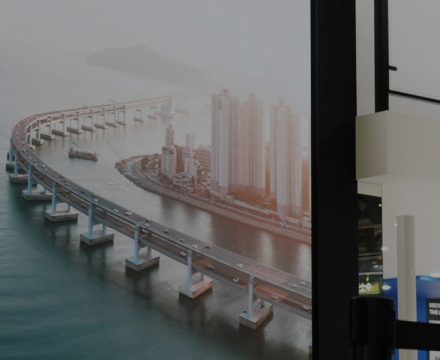Ecofriendly topics such as carbon neutrality and ESG management that used to be exclusive to particular experts have become meta discourse for the general public. People are directly and indirectly experiencing that the environmental problems and climate crisis that has worsened beyond our expectations by thoughtless carbon emissions are directly related to the survival of mankind.
The key to tackling the climate peril is carbon neutrality, a move to make zero carbon emission by absorbing or removing greenhouse gas emissions from human activities. However, it requires various means in full force such as climate technology development, carbon absorber preservation and expansion and clean energy development, which many countries around the world are struggling to accomplish by preparing a realizable plan.
The international society adopted the United Nations Framework Convention on Climate Change (UNFCCC) to suppress the global average temperature rise within 2°C compared to the time of the industrial revolution through realization of carbon neutrality and impose on the participating countries a greenhouse gas reduction and climate change adaptation mandate. To accomplish the goal, the global energy demand in 2050 is projected to change to 44% for new renewable energy, 45% for fossil fuel and 11% for nuclear energy.

For the realization of carbon neutrality, new renewable energies are primarily considered as an alternative to fossil fuel. Although, there are many variables in the demand supply of new renewable energies generating power using wind, solar and tidal energy depending on geographical and environmental factors. To increase the usability of new renewable energies, a large-scale energy storage device that can remove the variables is needed. Hydrogen is a large-scale energy storage medium with a considerably high energy capacity, as well as an energy carrier that makes it easy to convert it to heat energy or electric energy. It is the substance of “eco-friendly future society energy network” in which electricity produced by new renewable energies is stored on a large scale, can be transported through sea or overland routes and converted for use anytime when electricity is needed. The country is also making efforts to move forward into the hydrogen economy and hydrogen society quickly for the realization of carbon neutrality.
Hydrogen Society previewed in 2021 Hydrogen Mobility + Show

The public interest in hydrogen energy that is necessary for the realization of ecofriendly society is picking up from day to day. The country is also showcasing hydrogen-associated technologies to the public such as hydrogen mobility, hydrogen charging infrastructure and hydrogen energy by holding the Hydrogen Mobility + Show from 2020. In the 2021 Hydrogen Mobility + Show held in September this year, more various forms of hydrogen energy utilization was presented, signaling that the entrance into the hydrogen society is not far off. Not just hydrogen electric cars are already on the road, but also a new form of hydrogen-powered mobility was unveiled, along with a mobile charging station and a next-generation fuel cell system that produces electric energy from hydrogen at a higher efficiency. In particular, Hyundai Rotem’s hydrogen electric tram concept cars publicly showed that hydrogen energy will be used for our common transportation and trains.
Hydrogen Energy Noticed in the Railway Industry
Global Hydrogen Train Development Status

Many countries are developing hydrogen-powered trains briskly. In Japan, they succeeded in developing a hydrogen fuel cell-loaded hybrid train in 2007 and JR East undertook to develop a commercial hydrogen fuel cell hybrid train with Hitachi and Toyota in 2020. China Railway Rolling Stock Corporation Limited (CRRC) that launched a hydrogen fuel cell hybrid tram in 2016 is planning to operate it domestically in Luzhou and Taizhou.
Recently, railway powerhouses in Europe such as Germany and France are leading the development of hydrogen train-related technologies. Actually, Germany was the first to operate a hydrogen-powered train in 2018. The train that was developed by Alstom, France began the service in Lower Saxony in Germany, which is planning to replace all diesel locomotives across the country with hydrogen trains by 2040. Hydrogen trains developed by Siemens, Germany will start trial operations on the track from Augusburg to Fussen from 2023. France, which produced the hydrogen trains running in Germany, plans to start the domestic commercialization of hydrogen trains, aiming to replace all diesel trains with hydrogen trains by 2025. Aside from them, other countries such as the UK and Spain are developing hydrogen trains. In the U.S., the Transportation Bureau of San Bernardino County commenced to develop a hydrogen fuel cell hybrid train with Stadler, Swiss in 2019, planning to have a running test in California in 2024.
In South Korea, the Ministry of Trade, Industry and Energy is pursuing the National Research and Development Project for Hydrogen Electric Tram Demonstration with Korea Railroad Research Institute, Hyundai Rotem, Ulsan Techno Park and Korea Automotive Technology Institute. Hyundai Rotem is planning to start commercialization of hydrogen electric trams in full swing after successfully completing the demonstration project by 2023.
Types and Characteristics of Train Engines

Then, why is the railway industry focusing on hydrogen trains? First of all, our society is stepping toward an ecofriendly hydrogen society for carbon neutrality as mentioned earlier. Hydrogen trains that emit pure water only without pollutants while removing fine dust in the air with a high-performance filter during operations are the most suitable mobility for an ecofriendly society.
Second of all, they are easy to install and use. Locomotives that run on electricity supplied through train lines are efficient only in urban areas with good infrastructure due to a number of limitations in facility construction. Mountainous areas where it is hard to install the train lines operate diesel locomotives or diesel trains, but hydrogen trains are projected to take their place amid the increasing call for ecofriendly mobility. Battery-loaded trains, an ecofriendly train without a train line needed, also have shortcomings in that they run a shorter distance than hydrogen trains and take a longer time in charging. As shown in the concept revealed by Hyundai Rotem, hydrogen trains are predicted to be of good use even in complex city centers, not to mention in the mountainous areas with constraints of train line installation.
High-Efficiency High-Performance Liquid Hydrogen Train
Liquid Hydrogen Train Running Farther

Currently, hydrogen trains commercialized in Europe use compressed gas hydrogen as the other commercialized vehicles do in general. The hydrogen electric tram concept car revealed by Hyundai Rotem also runs on hydrogen gas. Also, Hyundai Rotem is developing the core technology of liquid hydrogen-based locomotive, which will be the world’s first if it succeeds, with Korea Railroad Research Institute from 2021.
The liquid hydrogen-based locomotive under development in the country aims to run a distance of 1,000km or more at a top speed of 150km out of a single charge. It is 1.6 times the drive distance of a 700 bar gas hydrogen train in the Europe and 20% reduction in the fuel charge time. Liquid hydrogen supply technology and fuel cell propulsion technology for 2.7MW(390kW module base) fuel cell that can substitute for the commercial diesel engines are also being explored. The research team is planning to develop a liquid hydrogen hybrid propulsion system, high-insulation and extremely-low liquid hydrogen storage technology and high-speed charging technology and test them by applying to trams in the second half of 2022 and then develop a liquid hydrogen-based propulsion technology for the realization of large-capacity trains and liquid hydrogen supply technology to commercialize the liquid hydrogen train in the section where there is no train line.
Advantage of liquid hydrogen

Why is the liquid hydrogen train needed when there is already a commercial hydrogen gas train abroad? Liquid hydrogen can be stored at atmospheric pressure, which means that it is safer than compressed hydrogen gas and has a storage density twice that of hydrogen gas, which means that it is easier to store. It also has a transfer efficiency seven times higher. Furthermore, the economic feasibility will increase when the infrastructure is constructed, enabling mass storage and use.
Liquid Hydrogen Optimized for Railway

Such advantages make liquid hydrogen more useful in the railway sector. The quick charging speed allows to minimize the number of charging stations since one charging station can charge a number of trains and the high energy storage density is suitable given the nature of trains that run a long distance. Moreover, it can enhance the safety of trains transporting many passengers.
There are many technical challenges in storing and utilizing liquid hydrogen such as cooling device, gasifier, natural evaporation and storage tank development. Although, given that there are many international studies in the relevant fields, the liquid hydrogen train that is economically feasible and safe, not to mention being ecofriendly, will be the key transport of an ecofriendly hydrogen society, when the technologies are more sophisticated for commercialization of the train in future.
Hyundai Rotem Preparing for True Hydrogen Society
As above, Hyundai Rotem is taking various approaches to introduce hydrogen energy in the railway sector such as hydrogen electric tram demonstration research and development and liquid hydrogen locomotive’s core technology development, in addition to the efforts to build infrastructure for quick transition into hydrogen society. Hyundai Rotem is producing hydrogen extractors that extract hydrogen from natural gas by building the H2 Facility Assembly Center in Uiwang Research Center and carrying out various projects for hydrogen charging infrastructure such as hydrogen charging stations to supply hydrogen to hydrogen vehicles and the construction of the Hinet Dangjin hydrogen release center.


Hyundai Rotem is also showcasing other forms of hydrogen vehicles. In the Hydrogen Mobility+ Show, Hyundai Rotem presented an autonomous hydrogen vehicle, “Rescue Drone” that extinguishes a fire by shooting water and saves life while filming the scene of fire, while presenting the nation’s first unmanned platform equipped with a hydrogen fuel cell, “Defense Drone” in the 2021 Seoul ADEX. Cutting-edge technologies are employed for the Defense Drone that has to fulfill its roles and functions under a stringent monitoring system for national defense such as minimization of heat generation from hydrogen fuel cell. Also, remote control, autonomous cruise and front-back independent steering system that allows crab walking where it rotates in place or moves diagonally are supported. Plus, it can speed up to 120km or more per hour and run 450km on a single charge.

The most effective method to prevent future disasters from an abnormal climate is to repress the global temperature rise through realization of carbon neutrality. It is time to make a change in the energy consumption trend that has focused on fossil fuel since the industrial revolution. Hydrogen that has numerous potential of economic feasibility and sustainability, as well as ecofriendliness, is the most practical alternative that can make the change. Hyundai Rotem is planning to continue on research and development for hydrogen production, storage, transportation and utilization across the industries to bring the hydrogen society forward.



